Researchers are still optimistic about finding disease-altering medicines—just not anytime soon.
- By Karen Weintraub on July 18, 2019
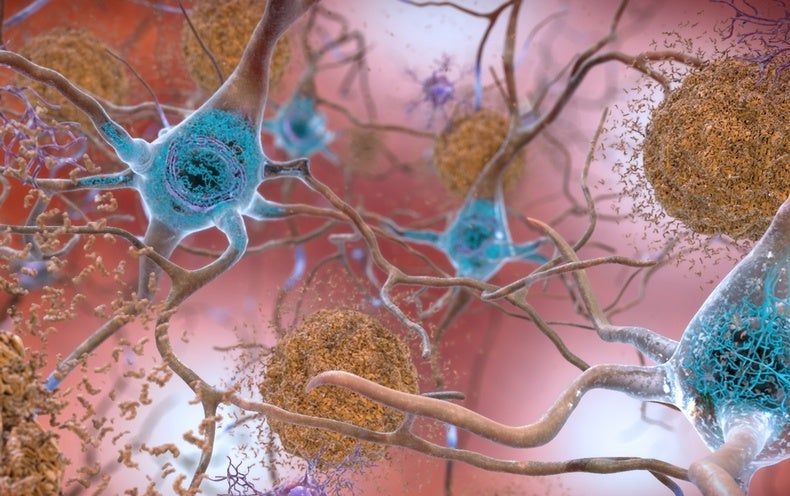
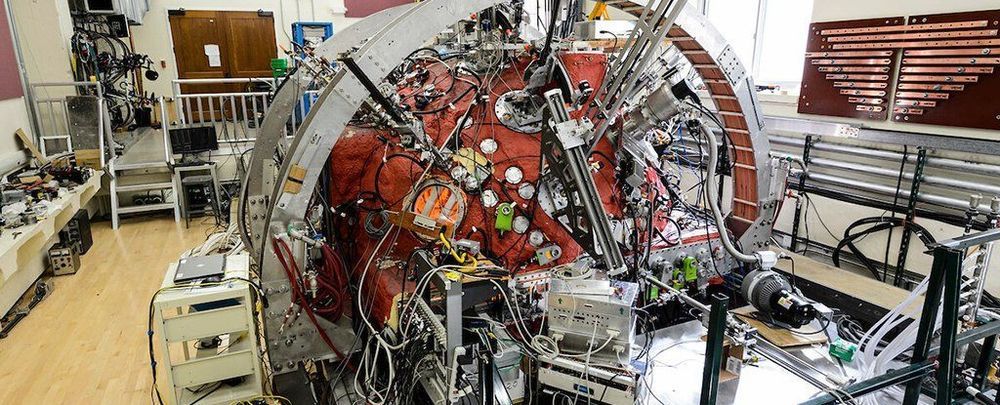
The spinning ball of plasma that is our Sun produces a spinning magnetic field too, and where that magnetic field weakens, solar winds can escape.
Now scientists have been able to recreate those same effects in a lab for the first time, meaning we can study the bizarre science around our star at close quarters, without a trip across the Solar System.
Knowing how this magnetic field and its associated plasma flows behave is crucial in improving our understanding of how and when solar storms might impact Earth, and potentially put our communications systems and infrastructure under severe strain.
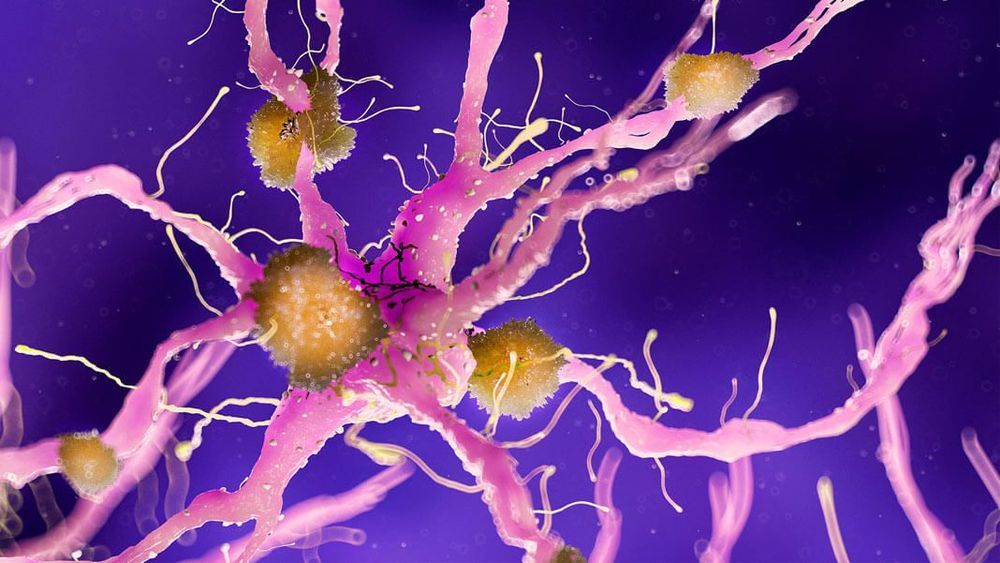
For the past quarter century, scientists battled Alzheimer’s disease under a single guiding principle: that protein clumps—beta-amyloid—deposited outside sensitive brain cells gradually damage neuronal functions and trigger memory loss. The solution seems simple: remove junk amyloid, protect the brain.
They could be completely wrong.
Last month, Alzheimer’s disease defeated another promising near-market drug that tried to prevent or remove amyloid deposits, adding to the disease’s therapeutic “graveyard of dreams.” Although the drug removed toxic amyloid, the patients didn’t get better. The failure is once again spurring scientists to confront an uncomfortable truth: targeting amyloid clumps when patients already show memory symptoms doesn’t work. Wiping out soluble amyloid—fragments of proteins before they aggregate into junk—also dead ends.
What if neither distance nor language mattered? What if technology could help you be anywhere you need to be and speak any language? Using AI technology and holographic experiences this is possible, and it is revolutionary.
Microsoft has created a hologram that will transform someone into a digital speaker of another language. The software giant unveiled the technology during a keynote at the Microsoft Inspire partner conference this morning in Las Vegas. Microsoft recently scanned Julia White, a company executive for Azure, at a Mixed Reality capture studio to transform her into an exact hologram replica.
The digital version appeared onstage to translate the keynote into Japanese. Microsoft has used its Azure AI technologies and neural text-to-speech to make this possible. It works by taking recordings of White’s voice, in order to create a personalized voice signature, to make it sound like she’s speaking Japanese.
Microsoft has shown off holograms of people before, but the translation aspect is a step beyond what has been possible with HoloLens. This looks like it’s just a demonstration for now, and you’d need access to a Mixed Reality capture studio to even start to take advantage of this. Microsoft’s studios are equipped with lighting rigs and high-resolution cameras to capture a fully accurate digital hologram of someone, which isn’t something that can be done easily at home with a smartphone just yet.
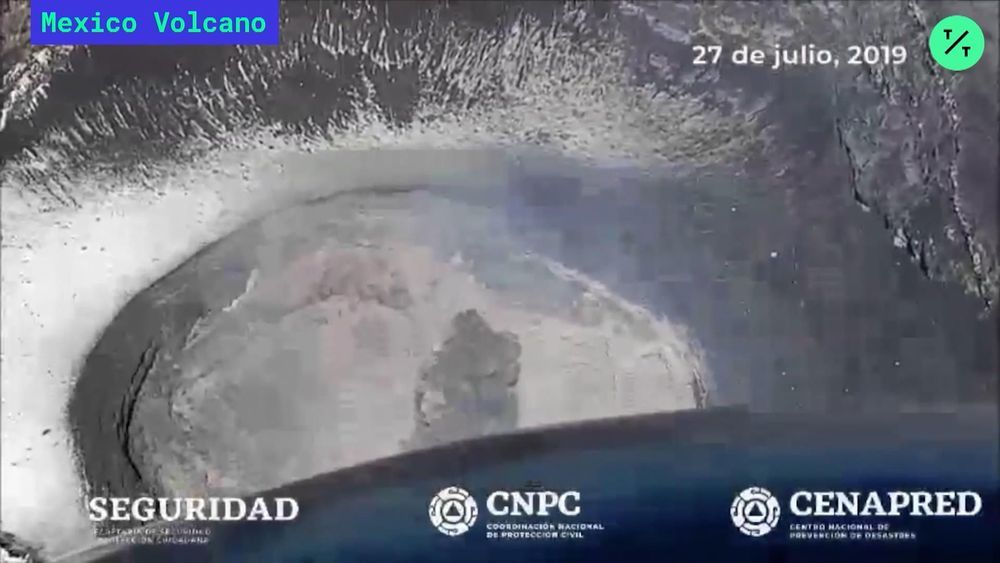
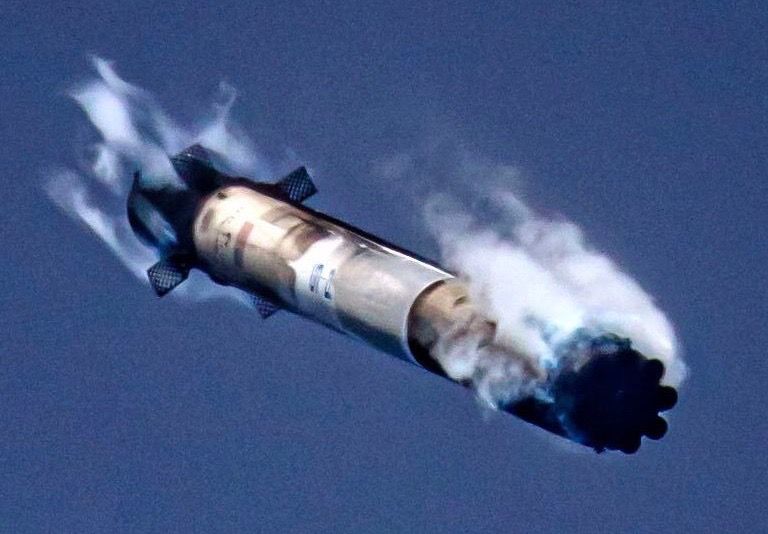
The journal club hosted by Dr. Oliver Medvedik returns for July and takes a look at the new SIRT6 evolutionary biology paper by Dr. Vera Gorbunova and collaborators, showing a relationship between enhanced SIRT6 function and longevity.
Abstract DNA repair has been hypothesized to be a longevity determinant, but the evidence for it is based largely on accelerated aging phenotypes of DNA repair mutants. Here, using a panel of 18 rodent species with diverse lifespans, we show that more robust DNA double-strand break (DSB) repair, but not nucleotide excision repair (NER), coevolves with longevity. Evolution of NER, unlike DSB, is shaped primarily by sunlight exposure. We further show that the capacity of the SIRT6 protein to promote DSB repair accounts for a major part of the variation in DSB repair efficacy between short- and long-lived species. We dissected the molecular differences between a weak (mouse) and a strong (beaver) SIRT6 protein and identified five amino acid residues that are fully responsible for their differential activities. Our findings demonstrate that DSB repair and SIRT6 have been optimized during the evolution of longevity, which provides new targets for anti-aging interventions.
Literature
Tian, X., Firsanov, D., Zhang, Z., Cheng, Y., Luo, L., Tombline, G., … & Goldfarb, A. (2019). SIRT6 Is Responsible for More Efficient DNA Double-Strand Break Repair in Long-Lived Species. Cell, 177, 622–638.

Stand by to start space mining – not on an asteroid, but aboard the International Space Station (ISS). Delivered to the station by an unmanned Dragon cargo ship on July 27, an experimental mining kit developed by a team led by the University of Edinburgh will use bacteria to study how microorganisms can be used to extract minerals and metals from rocks on asteroids, moons, and planets.

Understanding of repair outcomes after Cas9-induced DNA cleavage is still limited, especially in primary human cells. We sequence repair outcomes at 1,656 on-target genomic sites in primary human T cells and use these data to train a machine learning model, which we have called CRISPR Repair Outcome (SPROUT). SPROUT accurately predicts the length, probability and sequence of nucleotide insertions and deletions, and will facilitate design of SpCas9 guide RNAs in therapeutically important primary human cells.
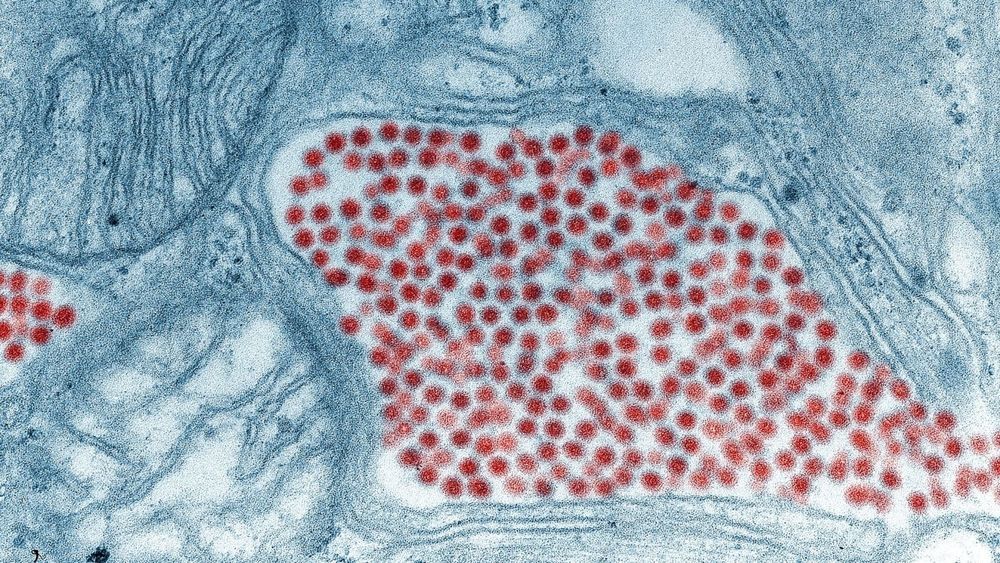
One of the most dangerous but thankfully rare mosquitoborne diseases has been spotted again in Florida, state health officials say. According to a public advisory issued this month by the Florida Department of Health in Orange County, the Eastern equine encephalitis virus (EEEV) was found in the state. The virus is capable of causing severe brain damage that can kill up to a third of its human victims.
EEEV can be spread by several species of mosquitoes, including those that make their home along the warmer areas of the U.S. Though many people infected with EEEV either develop no or only flu-like symptoms, around 5 percent go on to experience serious brain swelling (the titular encephalitis). This swelling can then lead to headaches, drowsiness, convulsions, and coma, with death coming as quickly as two days after symptoms start. And even if you’re lucky enough to survive the experience, you’ll probably be left with lifelong neurological impairment.